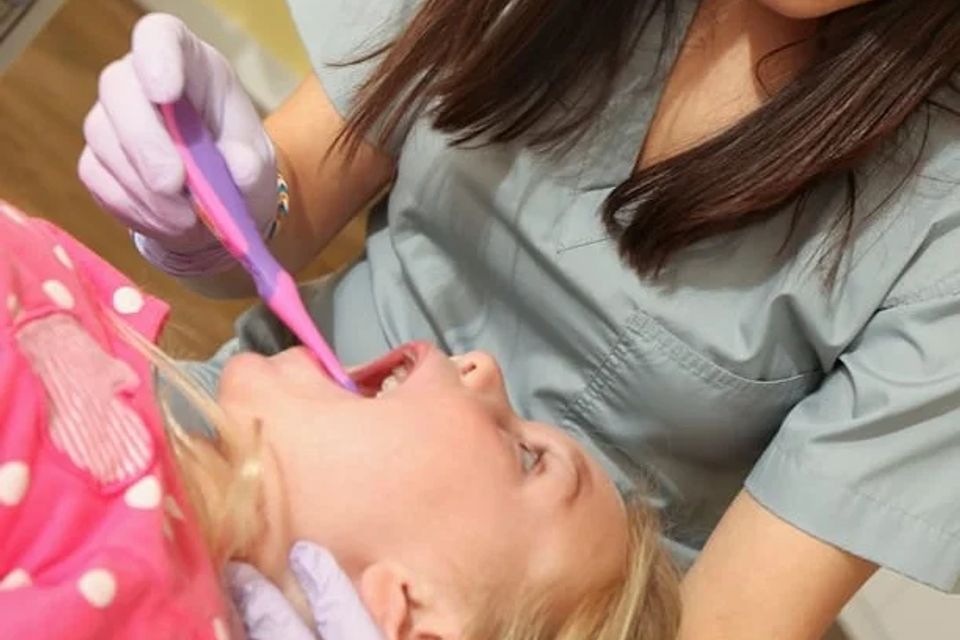
Childhood Gum Disease
Many dental health issues rarely impact children, but that’s not the case with gum disease.
Harmful oral bacteria don't care how old we are, and kids and teenagers are at risk of developing gingivitis just like adults.
Oral Hygiene and Hormones
The primary cause of childhood gum disease is poor oral hygiene. The gums become more vulnerable to irritation and inflammation when plaque is left to build up at the gumline and harden into tartar. For teenagers, hormones have entered the equation, increasing blood flow to the gums and making them more sensitive. Over half of teenagers have some form of gum disease.
Children Aren’t Good at Self-Reporting Symptoms
Children don’t always recognize when something is wrong because they don’t have a lot to compare it to, so it might not occur to them to mention any symptoms to their parents. Parents should keep an eye out for signs of gum disease like swollen or reddened gums, bleeding gums during brushing or flossing, gum recession, and persistent bad breath regardless of oral hygiene habits.
The Lifelong Battle for Oral Health
It’s a continuous fight to maintain good gum health. Effective oral hygiene habits are essential, and parents can set a good example by brushing twice a day and flossing daily. It’s always easier to prevent a dental health problem than to treat it after it appears, but good oral hygiene and regular dental exams are great for prevention and treatment.
Harmful oral bacteria don't care how old we are, and kids and teenagers are at risk of developing gingivitis just like adults.
Oral Hygiene and Hormones
The primary cause of childhood gum disease is poor oral hygiene. The gums become more vulnerable to irritation and inflammation when plaque is left to build up at the gumline and harden into tartar. For teenagers, hormones have entered the equation, increasing blood flow to the gums and making them more sensitive. Over half of teenagers have some form of gum disease.
Children Aren’t Good at Self-Reporting Symptoms
Children don’t always recognize when something is wrong because they don’t have a lot to compare it to, so it might not occur to them to mention any symptoms to their parents. Parents should keep an eye out for signs of gum disease like swollen or reddened gums, bleeding gums during brushing or flossing, gum recession, and persistent bad breath regardless of oral hygiene habits.
The Lifelong Battle for Oral Health
It’s a continuous fight to maintain good gum health. Effective oral hygiene habits are essential, and parents can set a good example by brushing twice a day and flossing daily. It’s always easier to prevent a dental health problem than to treat it after it appears, but good oral hygiene and regular dental exams are great for prevention and treatment.



